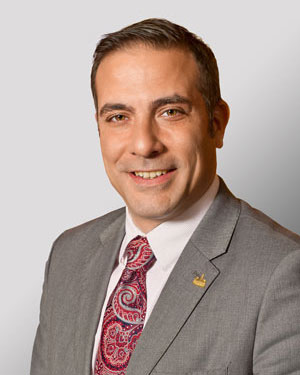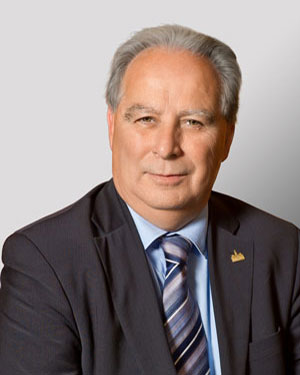At your service
Service de police de la Ville de Montréal
annual report

Philippe Pichet
Director of the Service de police de la Ville de Montréal
Message from the Director of the Service de police de la Ville de Montréal
Hello,
I am proud to present the 2016 Annual Report, which highlights some of the actions we have carried out in our public security mission this year. In 2016, the SPVM continued to reinforce safety and quality of life in the territory of Montréal and to consolidate our commitment to the future. We adopted a strategic plan that will allow us to make our vision of the SPVM a reality by 2020. More than ever, the needs and expectations of the public are at the heart of our concerns.
As the second largest municipal police service in Canada, the SPVM faces a variety of challenges and complex issues that develop in a perpetually changing environment. To adapt our services to the realities of Montréal, it is important for us to be attentive to changing social realities and criminal trends. To this end, practical projects are already bringing us closer to our vision of the police of the future.
Therefore, in 2016, along with some 6,300 civilian employees and police officers in the SPVM, I made a commitment to develop unique methods and respond proactively to the needs of the public, while maintaining the involvement of our neighbourhood stations, which have been the backbone of the Montréal police service for almost 20 years. Together, we have strengthened the bonds of trust with the public and partners we share public security leadership with.
In closing, I want to emphasize the extent of the work accomplished members of the SPVM this past year. The strength of our organization resides in the quality of its members’ actions and the pride they take in carrying out our primary mission of serving, helping and protecting Montréalers.
I also want to thank our many partners and the public for their vital support, trust and cooperation.

Anie Samson
Chair of the Commission de la sécurité publique
Message from the Chair of the Commission de la sécurité publique
Fellow citizens,
Public security is a fundamental aspect of well-being in a big city like Montréal, and that is why it is always at the heart of my priorities. To participate actively in Montréal life and take full advantage of our city’s characteristic ebullience, it is essential to feel safe. It is in this sense that the members of the CSP and I are so proud to offer our contribution to Montréal’s major public security issues.
More than ever, “togetherness” is the very basis of our city. It underlines the importance of our vigilance program and the creation of our hate incidents unit.
Today, the police patrolling our neighbourhoods face problems that are increasingly complex and ever more varied. The role of our police service is constantly changing, just like the community it serves, but the SPVM is an effective organization, turned toward the future and full of proud determination to serve and protect Montréalers. Police officers are in tune with today’s realities, and they know how to launch initiatives and projects to adapt to them.
Year after year, the SPVM’s accomplishments in terms of prevention, bridge-building with the community and combating crime have risen to meet the city’s public security challenges. This is why it is crucial to continue to forge bonds of trust and consolidate a network of partners, citizens and stakeholders with the shared goal of giving Montréalers a safe environment.
In closing, I would like to thank the civilian employees and police officers for the pride, dedication and professionalism they bring to their duties. Thank you also to our many partners. The involvement and co-operation of each and every one are valuable assets that help us ensure, every day, that Montréal is a great place to live.
In the field
What’s New
The day-to-day of police officers
Statistics
Police personnel
Men
3,127
Men
Women
1,459
Women
Total
4,586
Total
Lowest homicide rate in 45 years
Crime rate
- 21% decrease in the last five years 21%
Crimes against property
- 25% decrease in the last five years 25%

1,369,644
Number of calls to 9-1-1

9,915
Number of offences reported online

439
Number of transportations by the SPVM for the Canadian Organ Donors Association (CODA)

1,273
Crowd controls

180
Permanent auxiliary constable hiring
Members of the Service de police de la Ville de Montréal Executive Committee















Members of the Commission de la sécurité publique
























